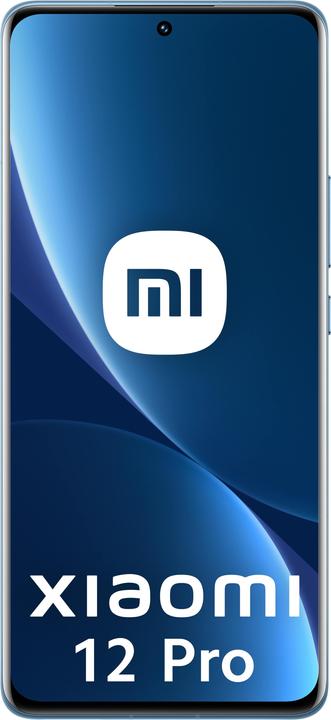

Xiaomi 12 Pro in review: Still competitive for over 1,000 Euros?
The Xiaomi 12 Pro looks like an egg-laying pillow on the spec sheet that can be charged with 120 watts! You can find out whether the new flagship can also keep up with the noble behemoths from Samsung, Apple and the like in my detailed review.
This is an article from our content partner "Nextpit". Here you can find the original article by Camila Rinaldi.
Pro
- Rich colors and great contrast of the display
- HyperCharger with 120 W adapter
- Fast SoC performance
- Versatile camera
Con
- MIUI with too much bloatware
- Average telephoto camera
- Maximum storage of only 256 GB
- Only IP53 certified
Short summary of the Xiaomi 12 Pro
The Xiaomi 12 Pro is a true premium smartphone on paper. With a Snapdragon 8 Gen 1 processor, 12 GB of RAM and 256 GB of internal storage, this smartphone has almost everything a flagship needs in 2022.
However, what speaks against the smartphone are the many bloatware, the insufficient telephoto camera, the maximum 256 gigabytes of storage without the option to expand the memory, the low IP certification and the almost dwindling price advantage.
This is because the Xiaomi 12 Pro starts at 1,049 Euros in Germany, which means that Xiaomi gives away its former price advantage as a Chinese manufacturer. If you now consider that the iPhone 13 Pro is available from the same price and the Google Pixel 6 Pro is significantly cheaper, you wonder why you have to put up with the bloatware and ads in the operating system for longer.
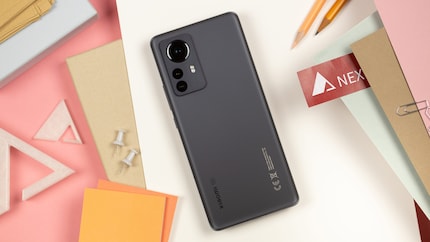
Compact design & bright display
One thing is for sure: even with a 4,600 mAh battery, this smartphone is thin. It measures just 8.16 millimeters in thickness and weighs 205 grams. For its size, this makes the phone feel really compact. The 6.7-inch display features a nice AMOLED panel complete with curved corners, and the 1440p resolution brings the pixel density to 522 PPI.
Likes:
- Adaptive refresh rate of 120 Hz.
- WQHD+ resolution
- Colors and brightness of the display
Dislikes:
- Mediocre IP certification
In terms of refresh rate, Xiaomi naturally offers 120 Hz, which can be switched between 1 and 120 Hz using AdaptiveSync Pro technology. This contributes to better energy efficiency. The brightness of the display increases to the insane value of 1,500 nits at its peak, and the fingerprint sensor is also integrated into the display in the process and works smoothly.
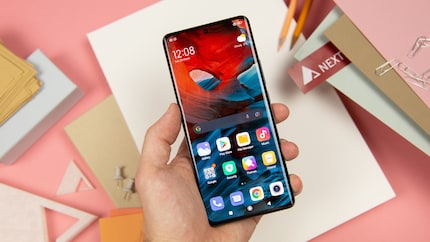
The display also offers a 10-bit color depth as well as HDR+ and delivers rich and lifelike colors. As we know from older models, it is also possible to further optimize content via upscaling and adaptive playback modes. The Xiaomi 12 Pro also adapts to your ambient light, similar to Apple's TrueTone technology.
I have to say that the Xiaomi 12 Pro is on par with or even beats the iPhone 13 Pro Max and Pixel 6 Pro in terms of display quality. These are two models that I have used intensively over the past few months.
However, as already mentioned, we do not have IP67 or IP68 certification here, but only IP53. The phone is thus demonstrably protected against splashing water. To compensate for that a bit, the company offers a warranty service for the smartphone, through which you can have the device repaired in case of a screen breakage during the first six months.
Top performance and bloated software
As expected, this device is powered by a Snapdragon 8 Gen 1. This works together with up to 12 GB of RAM and a maximum of 256 GB of internal storage. After my testing, I can confirm that the smartphone is really super fast . However, there is a lack of alternative storage options here, as Xiaomi omits microSD card support.
Likes:
- High performance level
Dislikes:
- MIUI comes with too much bloatware.
- No storage options with 512 GB or 1 TB
The benchmark results of the Snapdragon 8 Gen 1 in the Xiaomi 12 Pro are impressive and in line with my everyday experience. Compared to the benchmarks of other smartphones that use the Snapdragon 8 Gen 1, the Xiaomi 12 Pro offers balanced performance.
Benchmark results
| Benchmark-Test | Ergebnis |
|---|---|
| 3DMark Wild Life | 9975 Punkte |
| 3DMark Wild Life Stresstest | Bester Durchgang: 10028 Punkte
Schlechtester Durchgang: 4625 Punkte |
| Geekbench 5 | Single-Core:1155 Punkte
Multi-Core: 3356 Punkte |
When it comes to everyday performance, the Xiaomi 12 Pro is a beast. From multitasking to gaming performance, the device did not exhibit any stuttering or lag. I had a very smooth user experience during the test period and felt no difference at all between the Apple A15 Bionic and the Snapdragon 8 Gen 1.
Unlike last year's Xiaomi Mi 11 Ultra, this model's thermal management finally manages to handle the heat from the Qualcomm SoC. However, during the 20-minute simulation of the 3DMark benchmark Wild Life Stress Test, the device's temperature increased from 29 °C to 45 °C, which resulted in a frame rate drop to keep the temperature at a healthy level. The results are not unusual for an Android phone with a top SoC, though, and even the Nubia RedMagic 7, a true gaming phone, has to dial down the performance to protect the SoC.
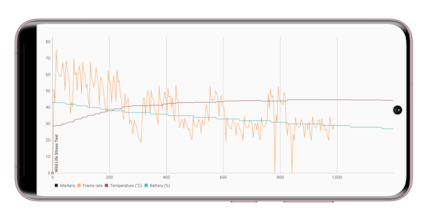
Last but not least, the Xiaomi 12 Pro is powered by MIUI 13, which is finally based on Android 12. Xiaomi also told us that the phone will receive three major Android updates and four years of security update support. And once again, I have to feel that in 2022, it's mainly the software that makes the difference between iPhone and Android.
Because right after the first setup, you notice how much bloatware is preinstalled on the device. From advertising partners and the manufacturer itself. I did not notice any direct advertising in the user interface of the flagship, but in some apps like Xiaomi's themes and the download app.
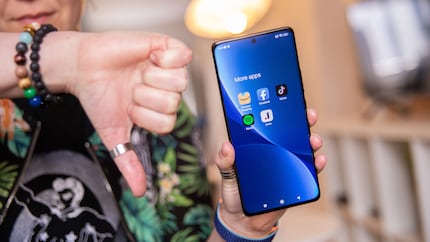
Consistent, but unspectacular camera
When it comes to photos and videos, the Xiaomi 12 Pro offers three cameras on the back and all sensors each resolve with 50 megapixels. There is a main camera with Sony's IMX707 sensor, an ultra-wide-angle camera, and a telephoto camera with 2x optical magnification. The front camera resolves with 32 megapixels.
Likes:
- Intuitive and beautiful camera app
- Vivid colors in daylight
- Very colorful even without light thanks to Night Mode 2.0
Dislikes:
- Average telephoto lens
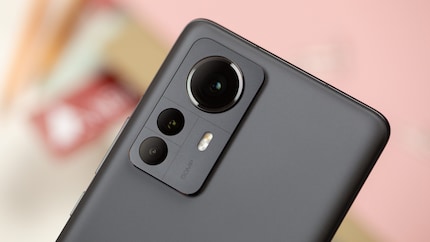
The camera quality is very good overall. It works very well with the light and retains the natural colors of my subjects. The main camera produces images that resolve to 12.5 megapixels via 4-in-1 pixel binning. Xiaomi calls this "Super Pixels" which have a size of 2.44μm, although this calculation is not technically sound. The results are excellent during the day, and we can also see a particularly high color fidelity at night thanks to the Night Mode 2.0.
I had the opportunity to test the Xiaomi 12 Pro's camera during a visit to the Gärten der Welt park in Berlin. And here, the smartphone simply shined. With consistent color reproduction, high sharpness and very good contrasts. I took the best pictures with the main camera, but the large 115° field of view of the ultra-wide-angle lens also offers an excellent picture with many details.
However, as I already mentioned in my hands-on, the 2x optical zoom is not a real highlight compared to the competition. At the same time, the 20x digital zoom is not on par with the Super Res Zoom of the Google Pixel 6 Pro in terms of quality, for example. But yes, we have a camera that is really versatile overall.










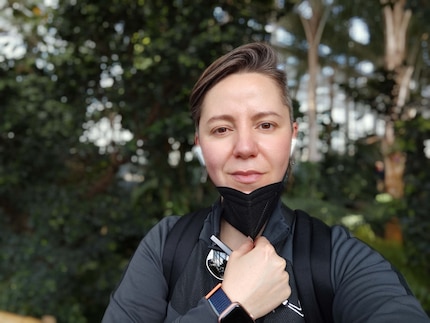








As for video formats, it is possible to record HD, FullHD and 4K videos with up to 60 fps and 8K with 24 fps. However, the difference between HD, 4K and 8K is hardly noticeable on the mobile screen. This is more for TVs and monitors whose panels can actually display the recorded resolution.
Quick-charging with 120 watts
The battery in the Xiaomi 12 Pro offers a capacity of 4,600 mAh, which can be charged with a crazy charging power of 120 watts! Xiaomi claims that the proprietary HyperCharge charging technology only takes 18 minutes to get the battery from 0 to 100%. However, in my test, this time was more like between 20 and 25 minutes. Wireless charging and reverse wireless charging are 50 and 10 watts, respectively.
Likes:
- 120W HyperCharge
- Compatible charger included
- Wireless charging with 50 W
Disliked:
- 120W adapter is huge
Xiaomi's Quick Charge technology is not a premiere in Germany. After all, the Xiaomi 11T Pro already offers such a feature, but it is still really impressive in practice. Although the Xiaomi 12 Pro has a lower battery capacity than its predecessor, you can use it all day and still fall asleep with 20 to 15% battery life at the end of the day. Of course, this depends on how much you use the device throughout the day.
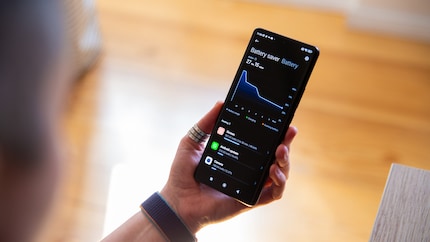
Although the battery life is comparable to the Pixel 6 Pro, it falls short of what Apple offers on the iPhone 13 Pro models.
However, the Xiaomi 12 Pro has the advantage that you can recharge it completely within 20 to 25 minutes. This definitely creates more independence from power outlets in everyday use, but you will have to live with one drawback: the size of the included charger. Certainly, the technology to realize Quick-Charging with 120 watts safely and battery-friendly needs a lot of space, but the whole thing can become a real hassle. You can hardly take the charger with you without a backpack or a larger bag. Also, the output of the power adapter is USB-A to USB-C, while most adapters offer USB-C these days.
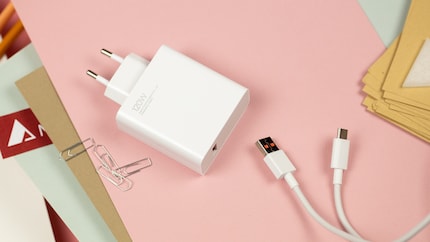
Final verdict
In conclusion, the Xiaomi 12 Pro has many qualities, but it errs on the small details and also on the pricing strategy. A smartphone that is available for just under 1,000 Euros should come with a certification for water and dust resistance. That is omitted in the 12 Pro. Furthermore, a storage variant with only 256 GB is too little for a flagship without a MicroSD slot to really store many photos and videos in 4K or even 8K. The software full of bloatware is also not worthy of a premium smartphone.
To its credit, though, the Xiaomi 12 Pro has excellent performance, one of the most advanced battery charging technologies on the market, and a competitive camera.
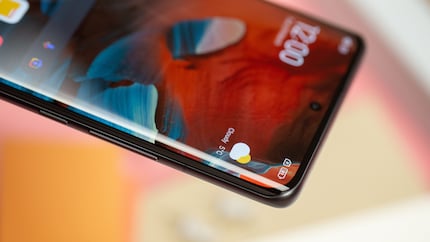
Xiaomi is attacking the global market to compete with Samsung, Apple and Google. In doing so, the manufacturer is already matching prices with the top smartphones from these brands. This does not mean that the device is worse or better - but only that the chances of survival are even lower in many markets. Especially considering that the OnePlus 10 Pro will be announced this week. If the phone is released for 899 Euros like last year, Xiaomi will have an even harder time.
NextPit has been around since 2009, when it was launched as a pure Android blog under the name AndroidPIT, but has since grown into one of Europe's largest smartphone and digital lifestyle communities.



